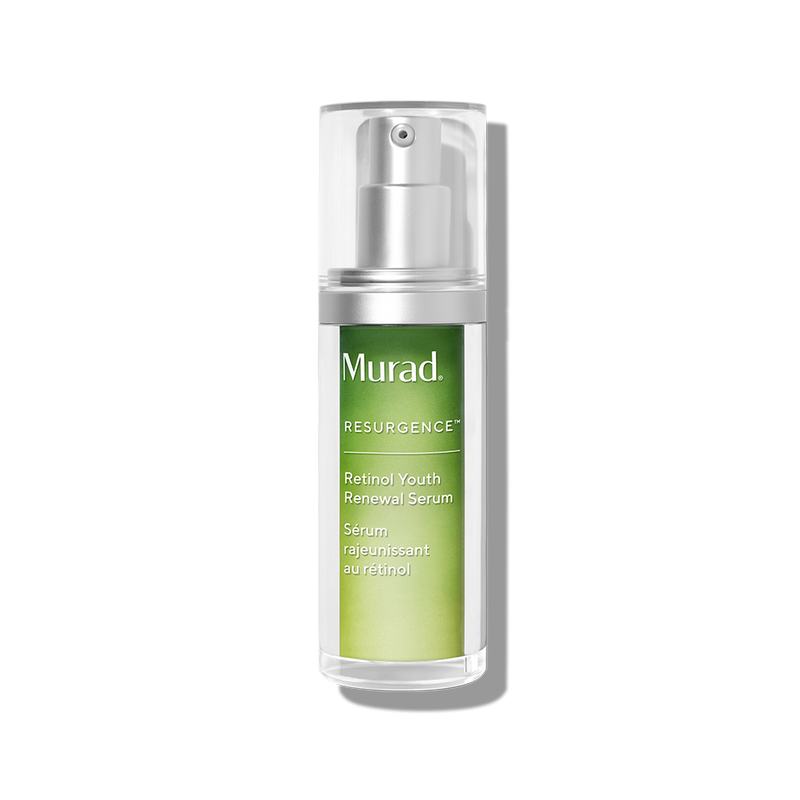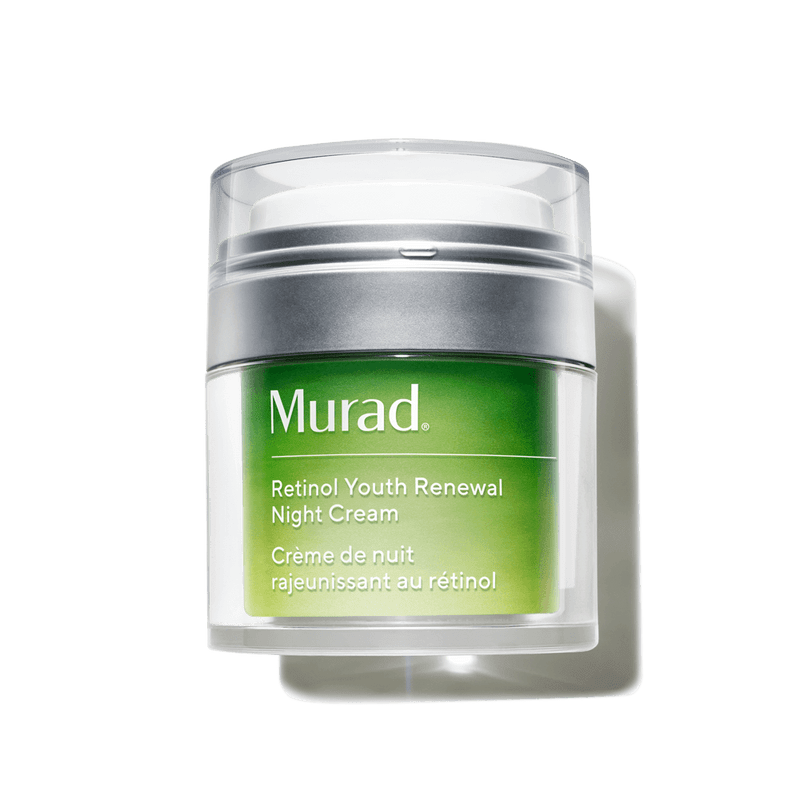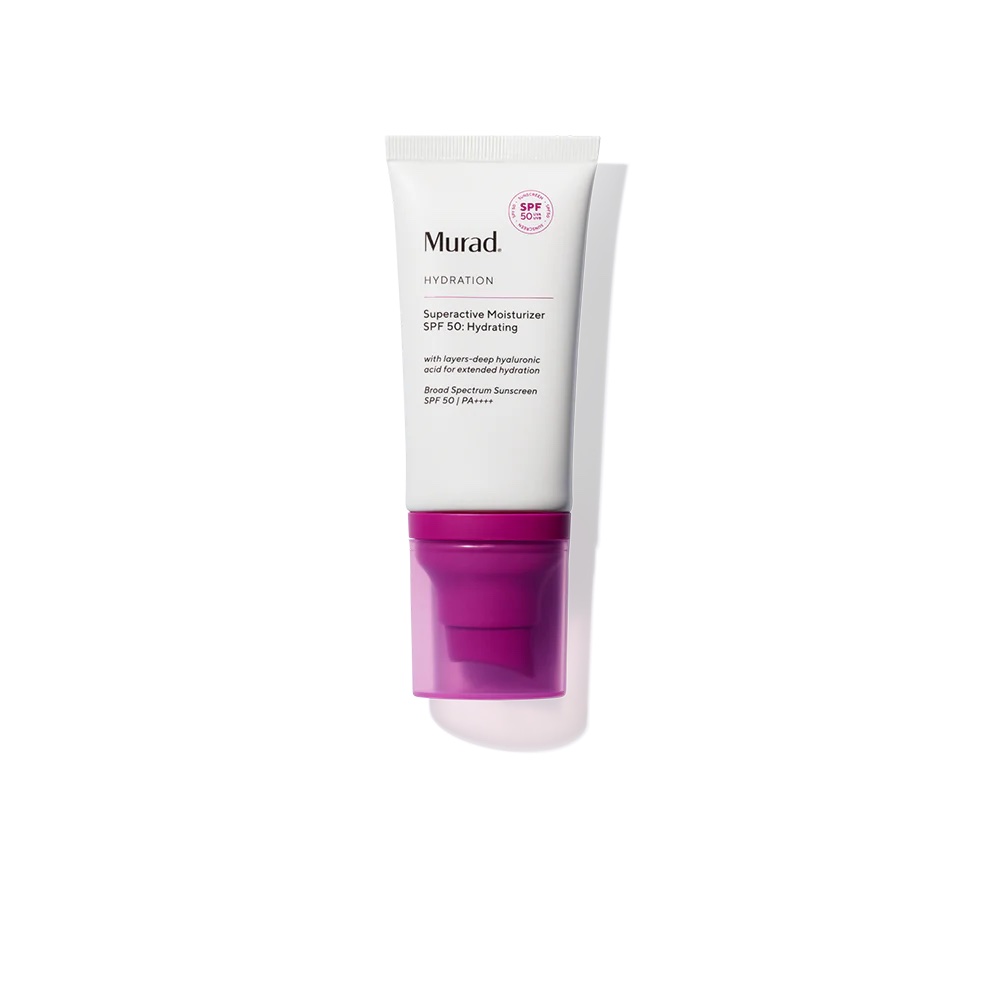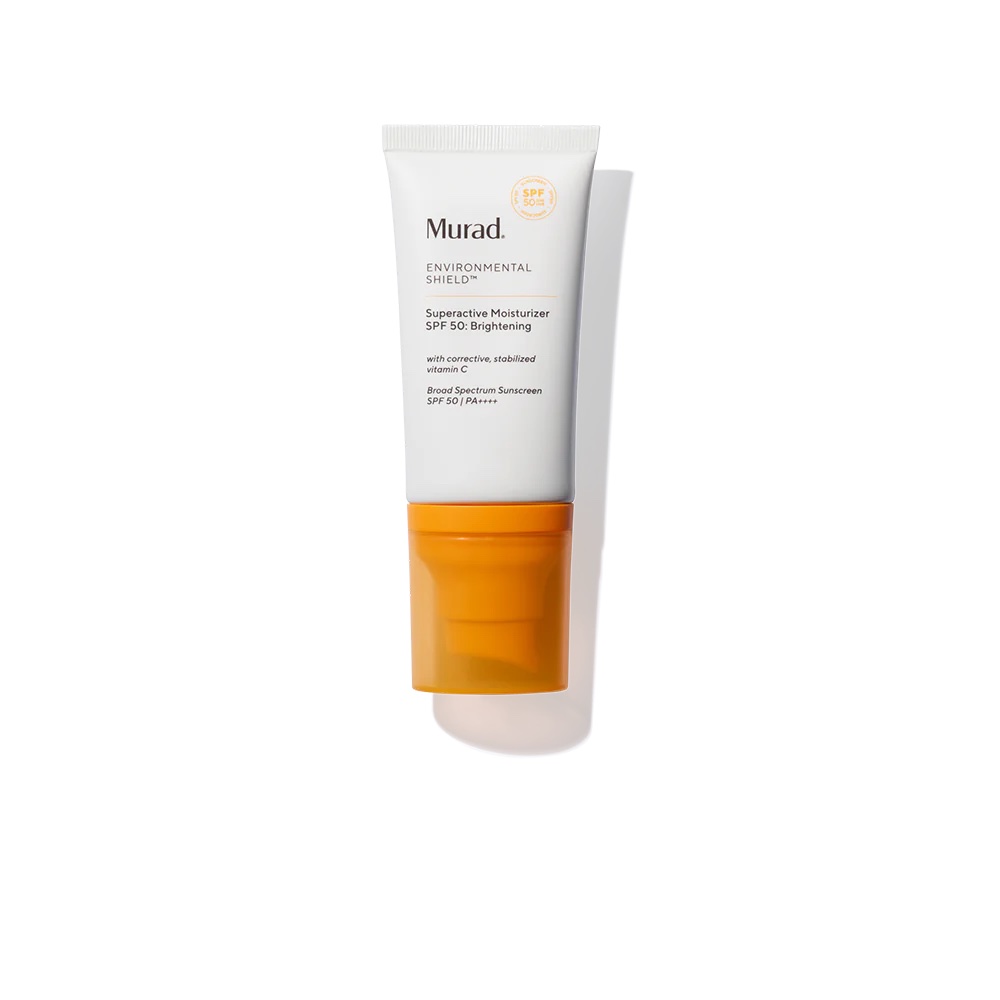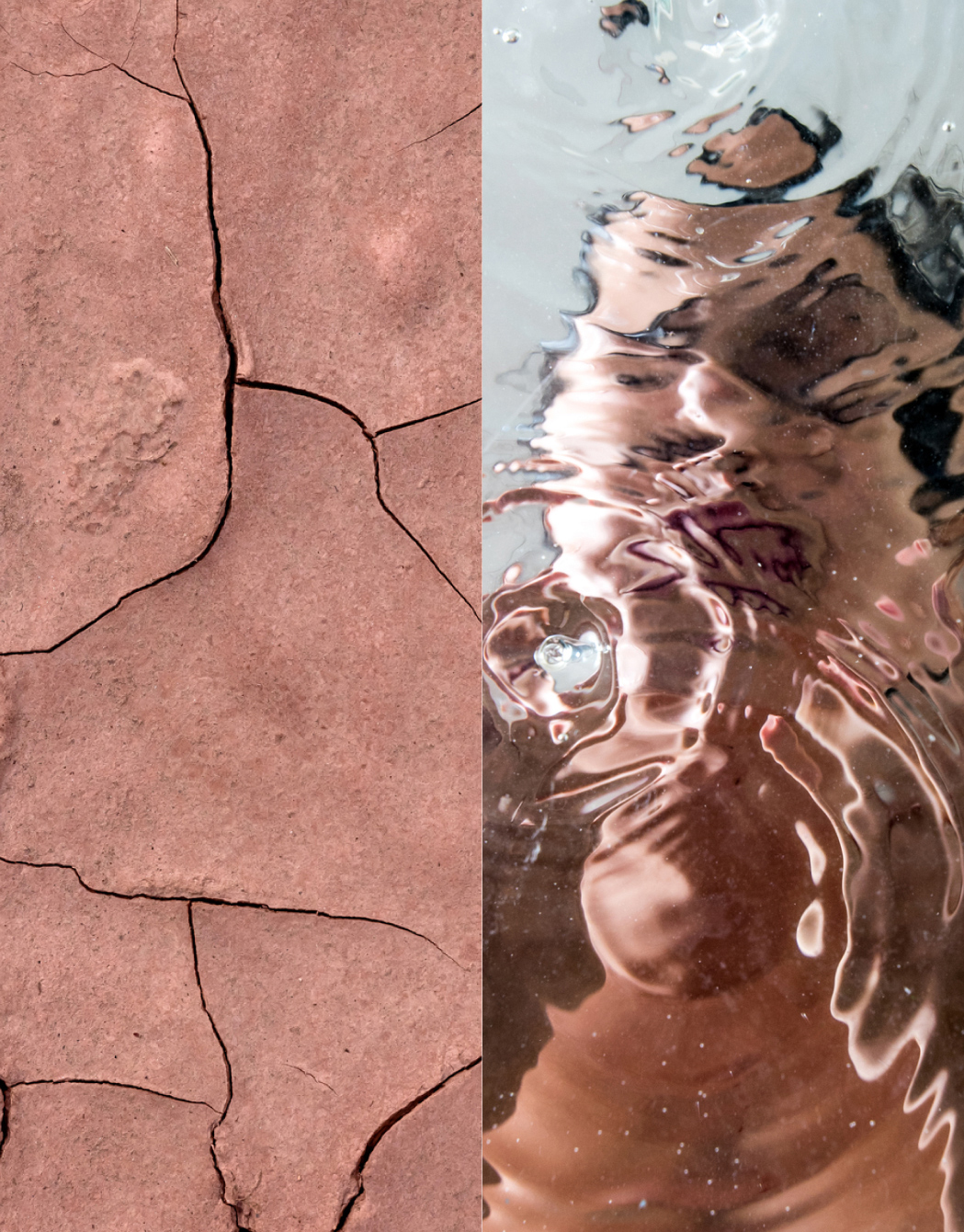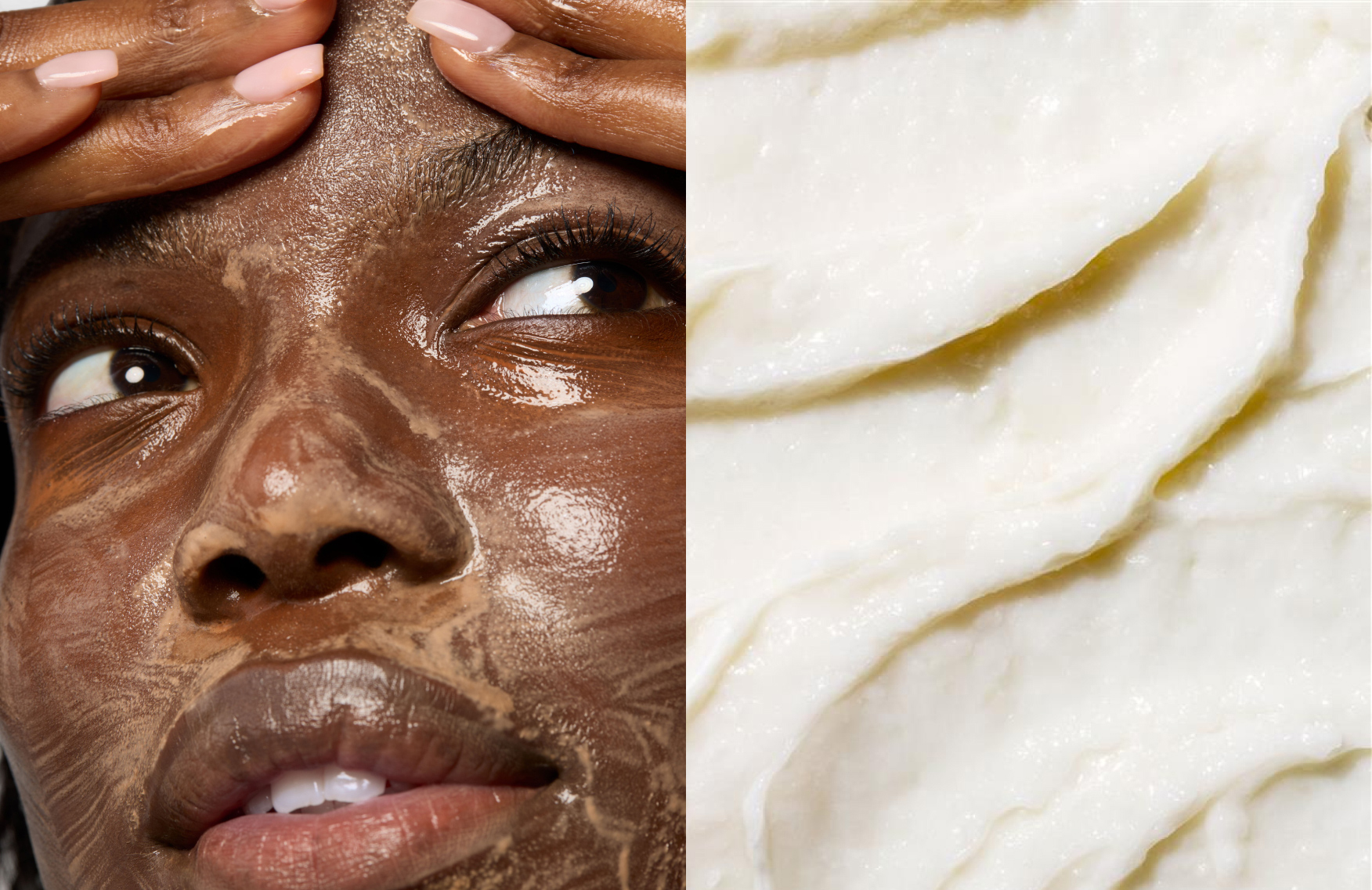Skincare curious? 4 ingredients to start using right now
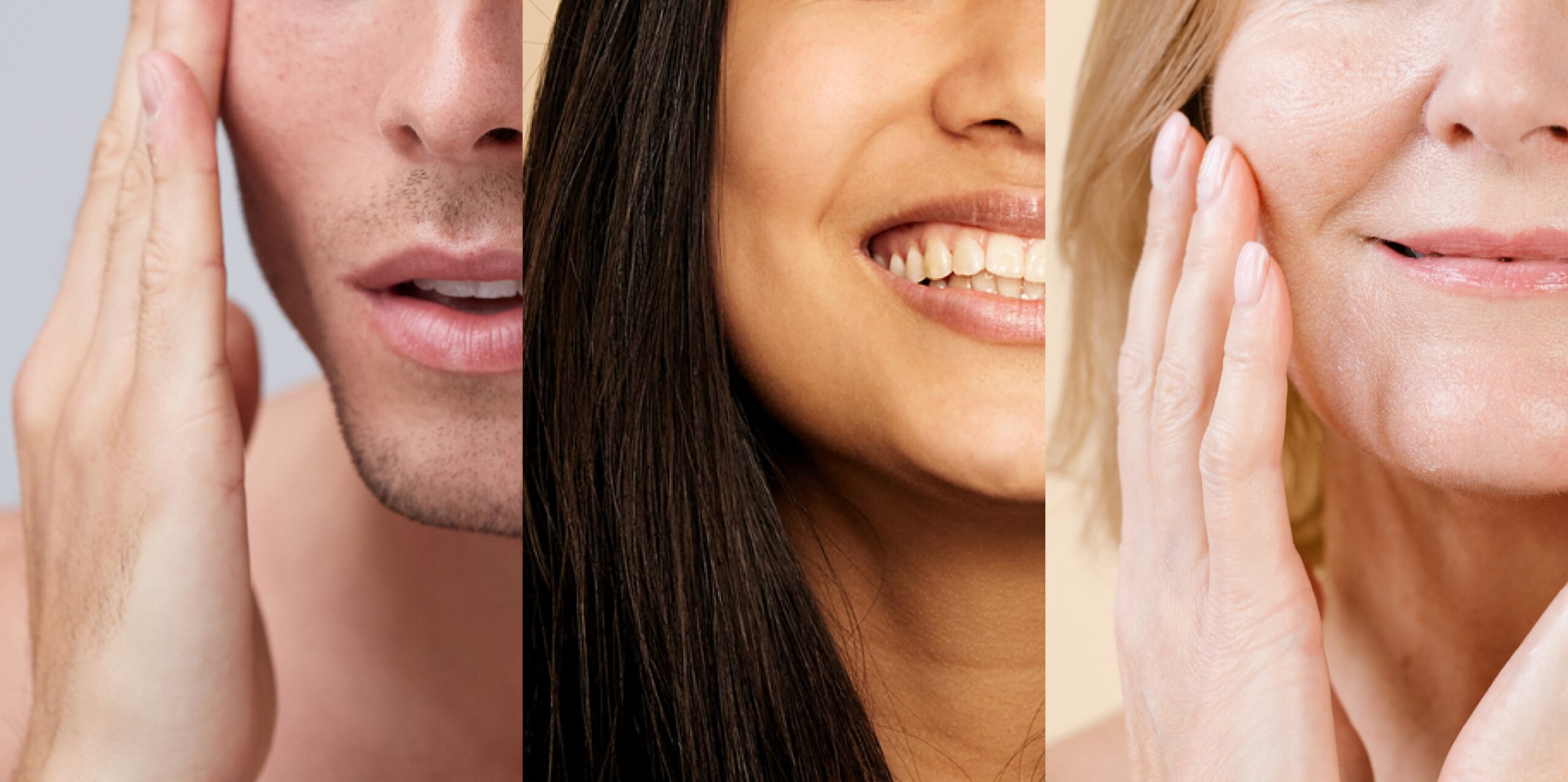
The way we talk about skin is changing, and we’re here for it. Out are the scare-mongering rules for “anti-aging,” and in are the hype-free practices for healthy skin. It’s never too late to start a healthy-skin regimen, so read on for the ingredients that’ll help your complexion through the ages—no matter when you start using them.
But first, how does time affect skin?
According to the American Academy of Dermatology, there are two types of skin aging: intrinsic and extrinsic. Extrinsic aging is a by-product of external factors like air pollution, UV rays or lifestyle choices, while intrinsic aging is a natural process that happens over time. Signs of intrinsic aging can include:
- Thinner, less firm skin that shows sagging due to a loss of elasticity
- Dryness and dehydration triggered by a loss of moisture and/or reduction in oil production
- Pigmentation changes, including uneven skin tone and dark spots
- Slower healing and recovery from breakouts or scars
4 ingredients to support healthy skin at any age
A routine dedicated to healthy skin can lead to fewer visible lines, a boost in clarity and radiance, and much more. Here are some of the most effective ingredients that can help skin at any age get on a healthy path:
- Antioxidants support collagen production, which is key to keeping skin firm and plump. In the simplest terms, collagen is a naturally occurring protein found in the body that gives skin that “snap-back-into-place” elasticity. However, collagen production declines with age, and while ingestible collagen (e.g., supplements and powders) have become increasingly popular, researchers and medical professionals aren’t aligned on its efficacy. Which is why skincare with collagen-stimulating ingredients like antioxidants can become essential.
- Retinol doesn’t occur in the body naturally, but it’s now exalted as an essential ingredient for anyone trying to achieve optimal skin health. It provides a wide range of benefits from preventing wrinkles to improving hyperpigmentation, and is available in prescription-strength and over-the-counter formulas that vary in intensity. Just one caveat: Retinol can be very powerful and cause unwanted side effects like drying and redness, so perhaps start with a gentle, slow-release retinol serum or retinol cream and gradually introduce it into your nightly regimen 2-3 times a week. As skin adjusts, you can work up to making it part of your nightly regimen.
- Hyaluronic acid is a molecule your body produces naturally, but also declines with age. To visualize hyaluronic acid’s effects on skin, think of a baby’s cheeks: They’re plump, smooth and have that coveted bounce-back, thanks to skin cells that are literally flush with water. Hyaluronic acid helps skin hold onto that water, helping to prevent a myriad of dehydration-related skincare issues, ranging from wrinkles to dullness to even acne.
- SPF ingredients like titanium oxide and zinc oxide are healthy-skin staples at any age (yes, even if you think the damage is already done). Sunscreen every day should be a non-negotiable, with consideration to how often you need to reapply to maximize protection (e.g., if you’re going to be out all day, consider reapplying every 2-3 hours). Starting with a morning face moisturizer with SPF is a minimum—it’ll help minimize the look of dark spots that you can already see (since sun exposure intensifies existing spots), while helping to prevent future discoloration.
The views expressed in this article do not necessarily represent the views of Murad, and are for informational purposes only, even if the advice of physicians and medical practitioners are included. This article is not a substitute for professional medical advice, diagnosis or treatment, and should not be considered specific medical advice.
References for this information:
National Library of Medicine Website, Medical Encyclopedia, Aging changes in skin
American Academy of Dermatology Website, Anti-aging skin care
Journal of Cosmetic Dermatology, 2014, volume 13, issue 4, pages 277-287
